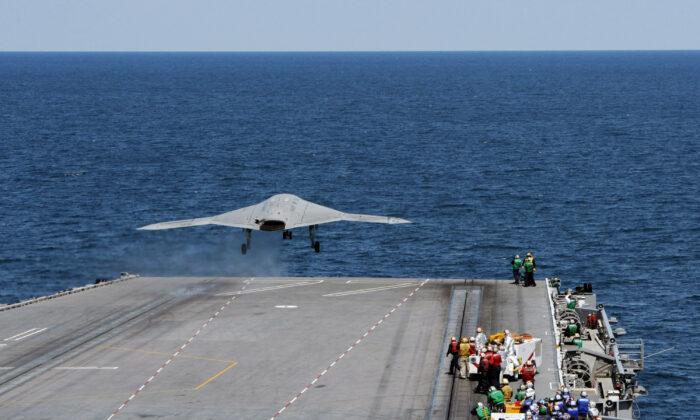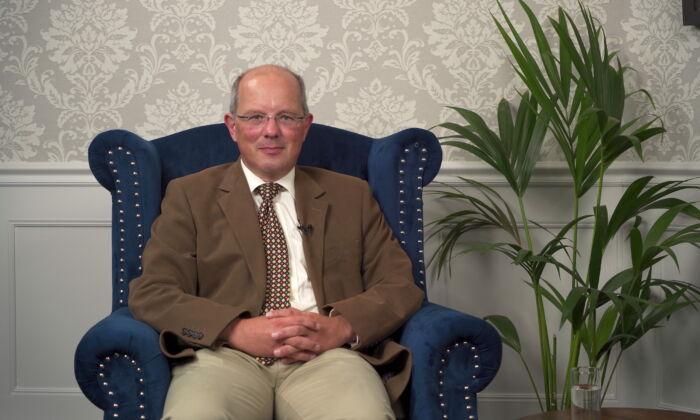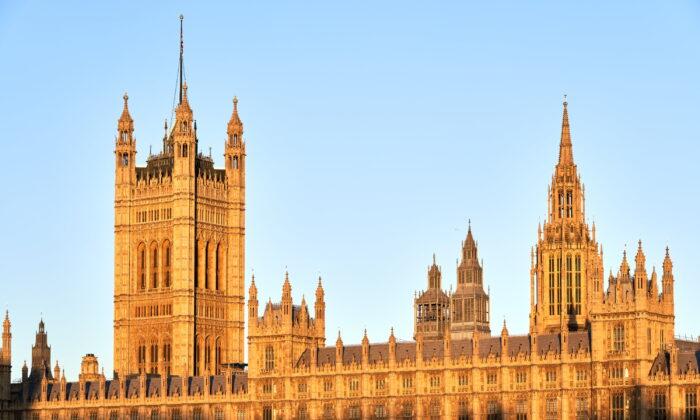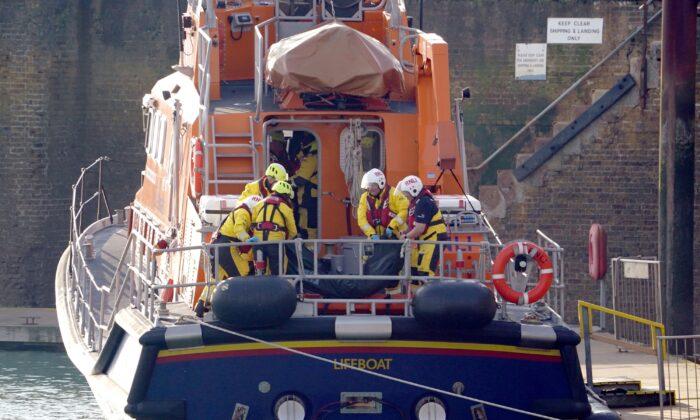All of the U.S. Navy’s ships currently at sea are virus-free, according to the top U.S general.
“The only significant COVID-19 issues we are having on any of the ships, at least reported up to today, is the Theodore Roosevelt,” he said during a briefing on April 14. “The other ships that are at sea are COVID-free.”
The military is prioritizing safeguarding troops who man the nuclear deterrent, such as those onboard cruise missile submarines.
Crews go into isolation for 14 days prior to deployment and are tested for the virus before they set sail, Milley said.The military is currently able to test around 9,000 troops per day in Defense Department labs. “We have an objective of ramping that up to 60,000,” he said.

The Nimitz is set to pick up the baton from the Harry S. Truman, which has remained at sea despite coming to the end of its deployment, to keep the crew safe and to keep a carrier group ready.
On April 13, the Navy announced that four more sailors from the USS Theodore Roosevelt are in a hospital being treated for COVID-19, with one in intensive care.

“As of today, 94% of USS Theodore Roosevelt crewmembers have been tested for COVID-19, with 615 positive and 3,958 negative results,” said the Navy statement. “4,046 Sailors have moved ashore.”
Secretary of Defense Mark Esper said that of the 615 crew who tested positive, only a little more than 200 showed symptoms.
“We are understanding more about the virus as we look at the Roosevelt; we are looking at how we expand testing,” said Esper.
Citing an ongoing investigation, Esper and Milley both declined to comment on questions as to why the ship was allowed to dock in Da Nang in Vietnam, which is where the virus may have been brought aboard.
Military leaders continue to emphasize that U.S. military readiness is high, despite the pandemic, warning adversaries not to test them.
Esper picked up his usual refrain saying that while Americans should and would focus inwardly during the pandemic, and while the military would do all it could to help, his primary mission was still to safeguard national security.
“It should be no surprise to you that we’ve taken a keen interest in that, and we’ve had a lot of intelligence take a hard look at that. I would just say at this point that it’s inconclusive ... although the weight of evidence seems to suggest natural. But we don’t know for certain.”





